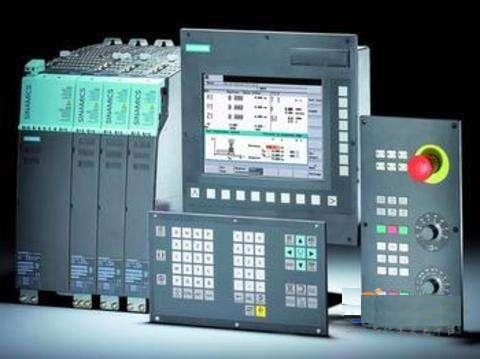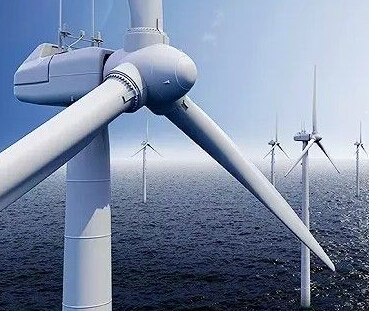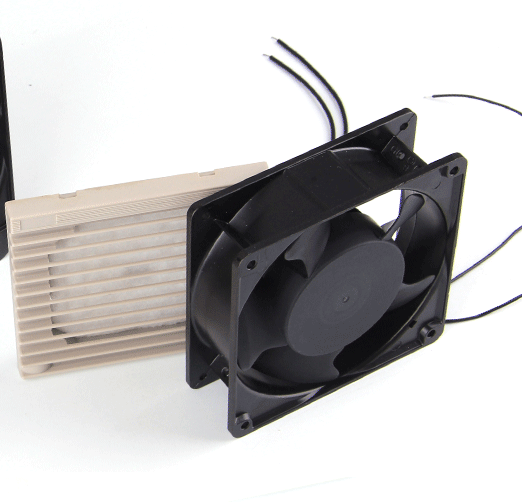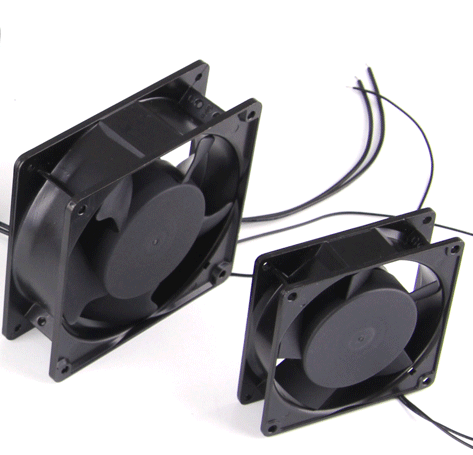The difference between an AC fan and a DC fan. The former is AC, the power supply voltage will be positive and negative, unlike the DC fan power supply voltage fixed, must rely on circuit control, so that the two sets of coils work in turn to produce different magnetic fields. AC fan is fixed because the power frequency is fixed, so the magnetic pole change speed generated by the silicon steel sheet is determined by the power frequency. The higher the frequency, the faster the magnetic field switching speed is. The theoretical speed will be faster, just like the more the number of DC fans, the faster the speed. same. However, the frequency should not be too fast, too fast will cause start-up sleepy.
The AC cooling fan is powered by alternating current: The single-phase AC motor has only one winding and the rotor is squirrel-cage. When a single-phase sinusoidal current passes through the stator winding, the motor generates an alternating magnetic field. The strength and direction of the magnetic field change sinusoidally with time, but it is fixed in spatial orientation, so the magnetic field is also called alternating. Pulsating magnetic field. The alternating pulsating magnetic field can be decomposed into two rotating magnetic fields that are opposite to each other at the same rotational speed and rotation direction. When the rotor is stationary, the two rotating magnetic fields generate two equal-sized and opposite-direction torques in the rotor, so that the synthesis The torque is zero, so the motor cannot rotate. When we use an external force to rotate the motor in a certain direction (such as clockwise rotation), the movement of the cutting magnetic field between the rotating magnetic field of the rotor and the clockwise rotation direction becomes smaller; the rotor of the distributed wind fan rotates counterclockwise. The movement of the cutting magnetic field between the rotating magnetic fields becomes large. This balance is broken, the total electromagnetic torque generated by the rotor will no longer be zero, and the rotor will rotate in the direction of the push.
DC-DC fan working principle:
The conductor passes through the current, and a magnetic field is generated around it. If the conductor is placed in another fixed magnetic field, suction or repulsion will occur, causing the object to move. Inside the fan blade of the DC fan, a rubber magnet previously filled with magnetism is attached. Surrounding the silicon steel sheet, the shaft core is wound with two sets of coils, and the Hall sensing component is used as a synchronous detecting device to control a group of circuits, which makes the two sets of coils wound around the shaft work in turn. The silicon steel sheet produces different magnetic poles, and the magnetic pole and the rubber magnet generate a repulsive force. When the repulsion force is greater than the static friction of the fan, the blade naturally rotates. Since the Hall sensing component provides a synchronization signal, the blades are thus continuously operated.
The DC cooling fan is powered by DC power: The DC motor has two parts: a stator and a rotor. The stator has magnetic poles (winding or permanent magnet). The rotor has windings. After energization, a magnetic field (magnetic pole) is also formed on the rotor. There is an angle between the stator and the magnetic pole of the rotor. Under the mutual attraction of the stator magnetic field (between the N pole and the S pole), the motor rotates. By changing the position of the brush, the angle of the stator pole can be changed (assuming the starting point of the magnetic pole of the stator, the magnetic pole of the rotor is on the other side, and the direction of the magnetic pole of the rotor pointing to the pole of the stator is the direction of rotation of the motor) The direction of the motor thus changes the direction of rotation of the motor.
How the blower works:
The blower centrifugal blower works like a centrifugal fan, except that the air compression process is usually carried out by several working impellers (or several stages) under centrifugal force.
The blower has a rotor that rotates at a high speed. The blades on the rotor drive the high-speed movement of the air. The centrifugal force causes the air to flow in the involute-shaped casing along the involute to the fan outlet, and the high-speed airflow has a certain wind pressure. The new air is replenished by the center of the casing.
Theoretically speaking, the pressure-flow characteristic curve of the centrifugal blower is a straight line, but due to the frictional resistance loss inside the fan, the actual pressure and flow characteristic curve gradually decreases with the increase of the flow rate, and the power of the corresponding centrifugal fan - The flow curve rises as the flow rate increases. When the fan is running at a constant speed, the operating point of the blower will move along the pressure-flow characteristic curve. The operating point of the fan is not only dependent on its own performance, but also depends on the characteristics of the system. When the pipe network resistance increases, the pipeline performance curve will become steeper. The basic principle of blower adjustment is to obtain the required working condition by changing the performance curve of the fan itself or the external pipe network characteristic curve.
The working principle of the single-stage high-speed centrifugal blower is that the prime mover drives the impeller to rotate at a high speed through the shaft, and the airflow enters the high-speed rotating impeller from the inlet axial direction and then becomes radial flow and is accelerated, then enters the diffusing chamber to change the flow direction and decelerate. This deceleration converts the kinetic energy of the high-speed rotating airflow into pressure energy (potential energy), which maintains a stable pressure at the blower outlet.
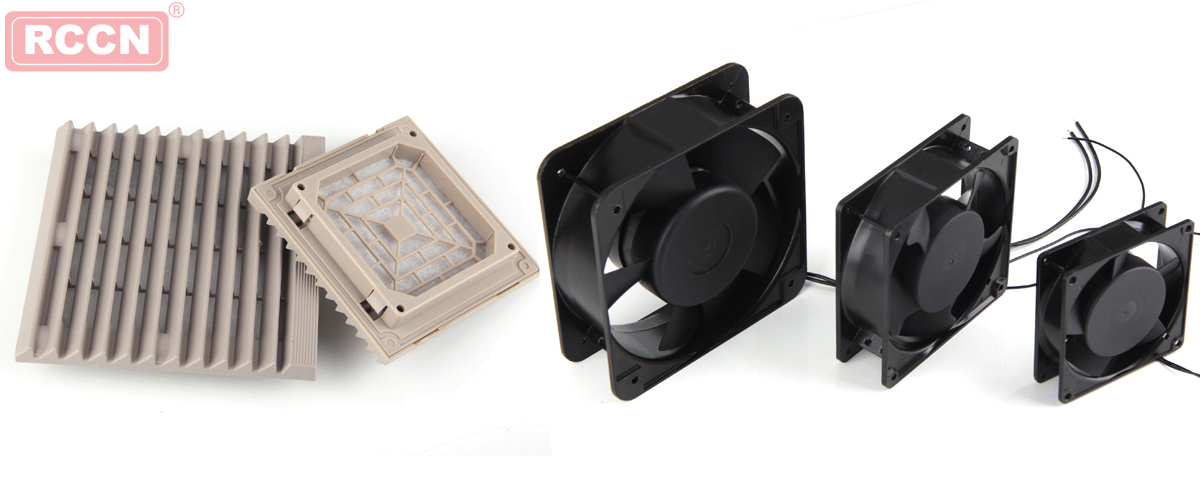
















 RCCN WeChat QrCode
RCCN WeChat QrCode Mobile WebSite
Mobile WebSite
